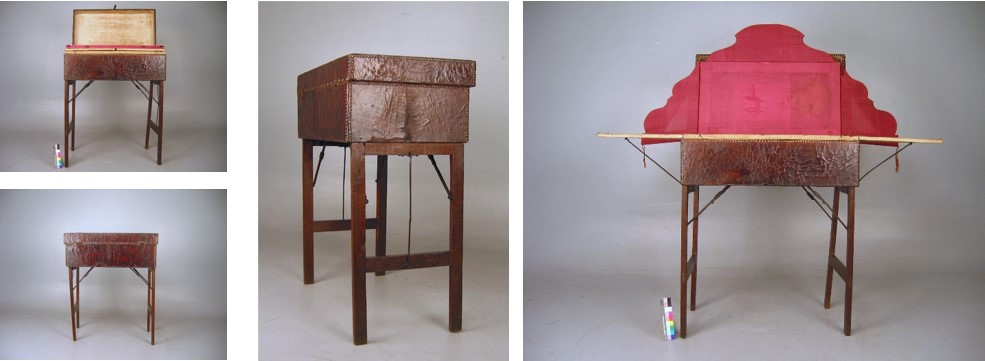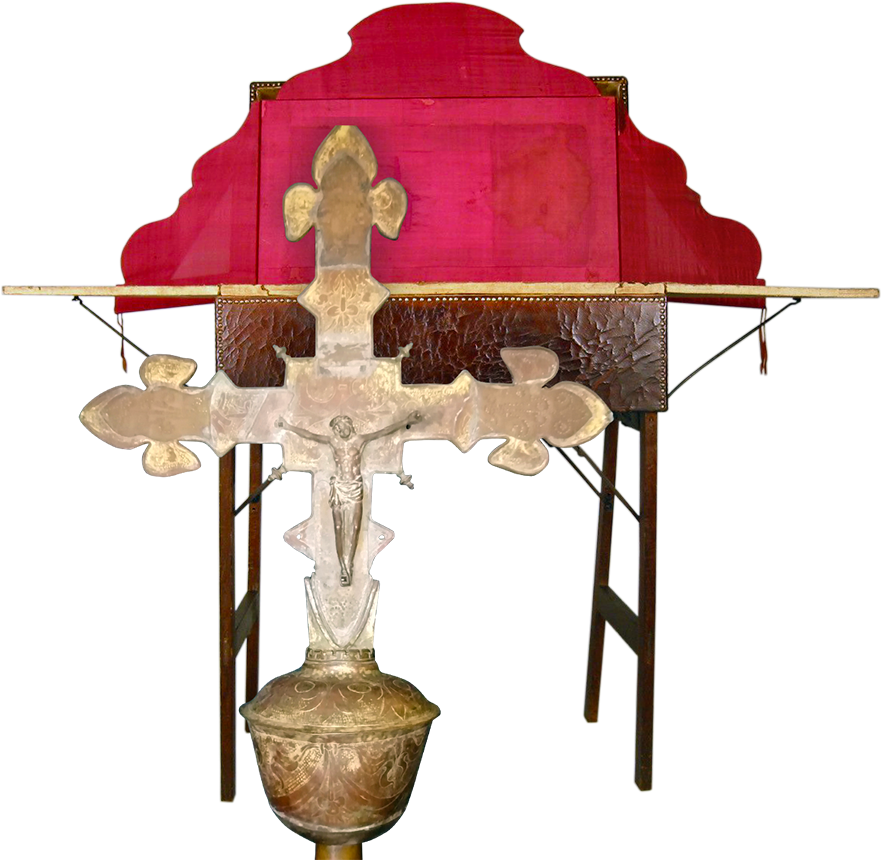Throughout October and November, the Pius XII Museum commemorates the great Archbishop of Braga, D. Frei Bartolomeu dos Mártires, affiliating itself to the joy of the Universal Church and especially, the Church of Braga, by proclaiming the holiness of this member of the Church who spread righteousness, faith, uplifting testimony and purity of the Gospel across Minho and the world.
We remember his birth on 3 May 1514. We recall his entry to the Convent of S. Domingos in Lisbon, at the young age of 15. We remember the great philosopher and theologian he became, earning the title of Chair of Theology at the Monastery of Batalha. He went on to teach in Évora, before moving to Lisbon, where he served as Prior at the Convent of S. Domingos in Benfica.
After the stern refusal of Catherine of Braganza, under the imposition of censorship on her Province, Friar Louis of Granada, a choice confirmed by Pope Paul IV, he was appointed Archbishop of Braga, in the year of grace of 1559.
He entered Braga humbly, and there he lived in severe austerity. Only the salvation of souls devours him, those that are entrusted to him, those that are entrusted to the whole Church. Therefore he wrote and preached endlessly, engaging himself, like no one else – all the way to Trent – in the reformation of the Church (universal).

These three sixteenth-century crosses are processional, made of bronze and all share a fleur-de-lys adornment.
The story of D. Frei Bartolomeu dos Mártires is sure to be told in many other pages and on many other pulpits. Here, we would like to focus on the numerous pastoral visits he carried out and the patrimonial footprints that the Pius XII Museum retains from his evangelical task, the hard work and dedication of such a devoted prelate.
The personal visits carried out by the Archbishop were worthy of being studied and earned a publication by Franquelim Neiva Soares, entitled: D. Frei Bartolomeu dos Mártires: Personal Pastoral Visitations in the Archdiocese of Braga (1559-1582).
There were as many as 95 visitations. They had three stages: visits to churches and chapels and their respective components; questioning the people; establishing sentences to punish misconduct.
There was also providence, for example: the priests celebrate on all religious days and denounce those who, without just cause, have missed Mass on three consecutive Sundays; those who were admonished in attendance of the sacraments of confession and communion; before or after Mass every Sunday, do not miss the teaching of the doctrine; the remnants of paganism and idolatry are curtailed (e.g. crying to boulders and hills, providing cooked food because it is better for the soul of the deceased); illegal relations or marriages are prohibited; funeral extravagances are corrected, especially the feasts (some killed oxen or cows, using a third of the suffrages, if not the dead man’s estate…).
Finally, the Archbishop wants the people to be well educated, with good practices, in the name of holiness. And they must therefore contribute to the visitations.
Every three years, at the beginning of the pontificate, with a little more space as time goes on, the Archbishop went to this large Diocese (more than 1200 parishes), to visit and teach, to encourage and preach, to correct and sanctify. There was not a place he didn’t go to, no matter how isolated or unaccommodating. The Shepherd has to go and find all the sheep… and they don’t all live near Barroso.

Denomination: Portable Altar (with mobile legs)
Typology: Furniture with combined functions belonging to the furniture heritage
Period/Date of Execution: Second half of the sixteenth century (?)
Maximum measures: Height 104,1 cm x Width 84,6 cm x Depth 60 cm
Materials: Wood (chestnut), Leather (Moscow), Metal (copper alloy and iron alloy) and Textile (linen and silk)
Author/ Attribution: Unknown
Provenance: Archdiocese of Braga
Owner: Pius XII Museum
The Archbishop left his mark in many places: a cross, donated by him, a living memory of a God slain for the sins of humanity.
Of the crosses presented here – displayed throughout October and November in the Pius XII Museum – three similar crosses, with a few minor details that tell them apart.
But the most beautiful piece on display – here in the Museum – is the portable altar of D. Frei Bartolomeu dos Mártires, the altar that he used when there was no church or chapel in sight, and in order to celebrate, he would stand in whichever place he deemed decent and adequate for celebrating the Eucharist, therefore always feeding himself the holy Viaticum, the food of his journey, the strength of his soul, the fine devotion of his spirit.
Paulo Abreu
